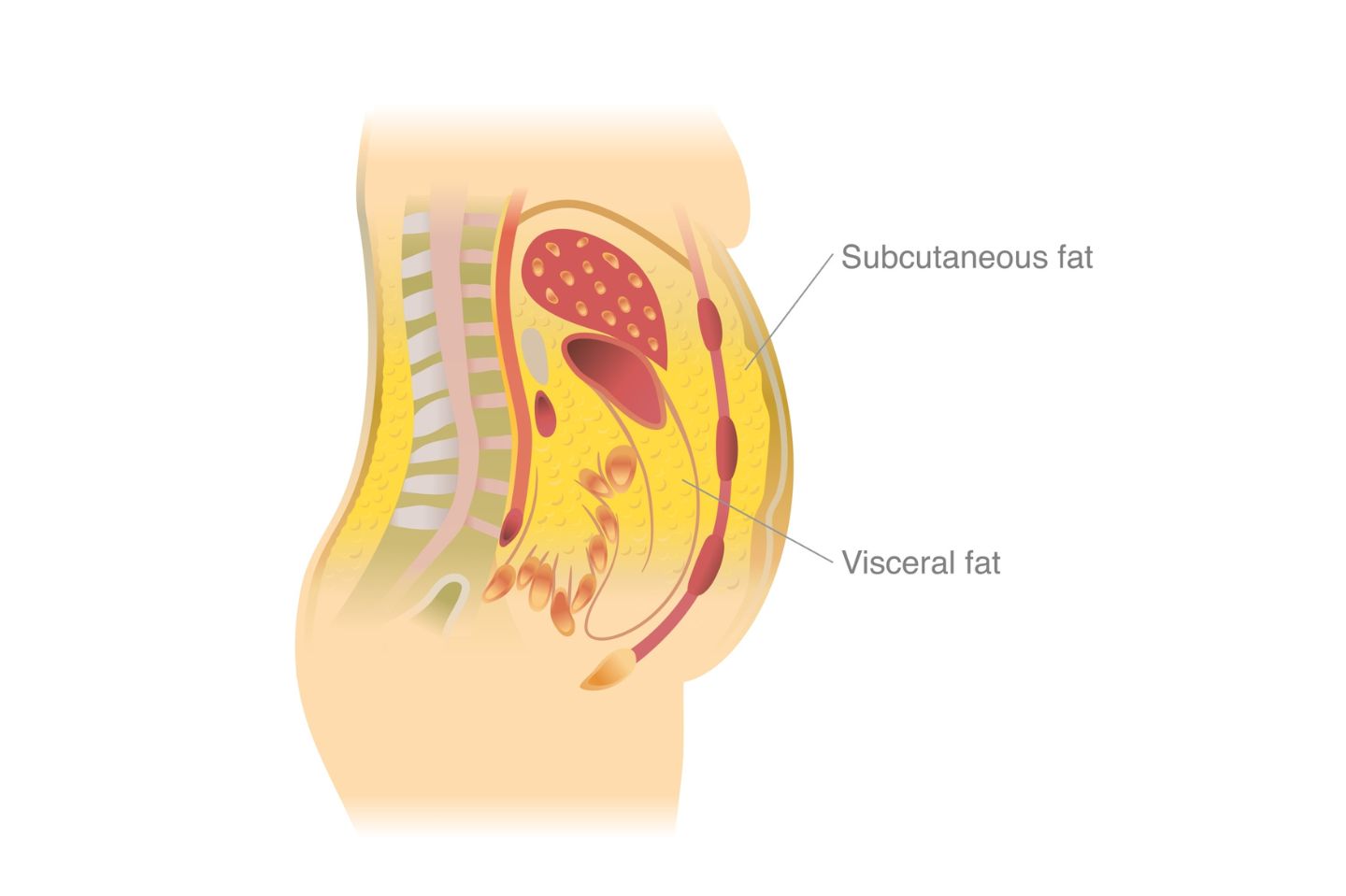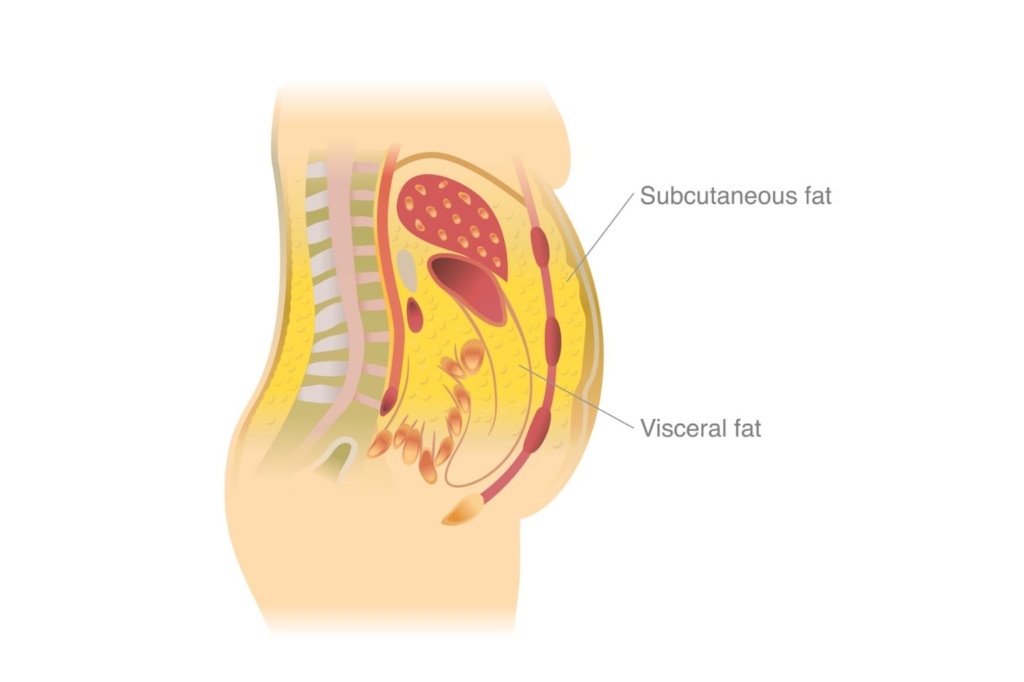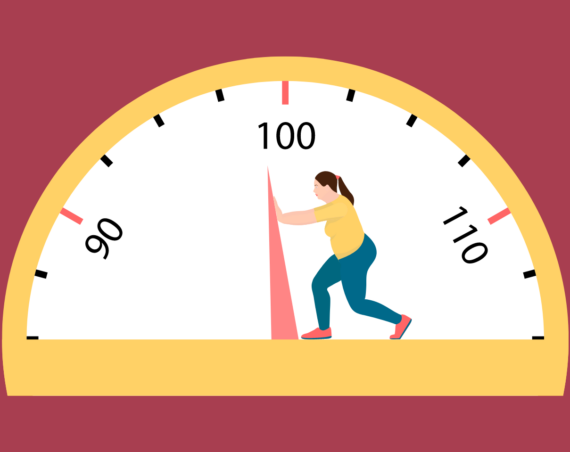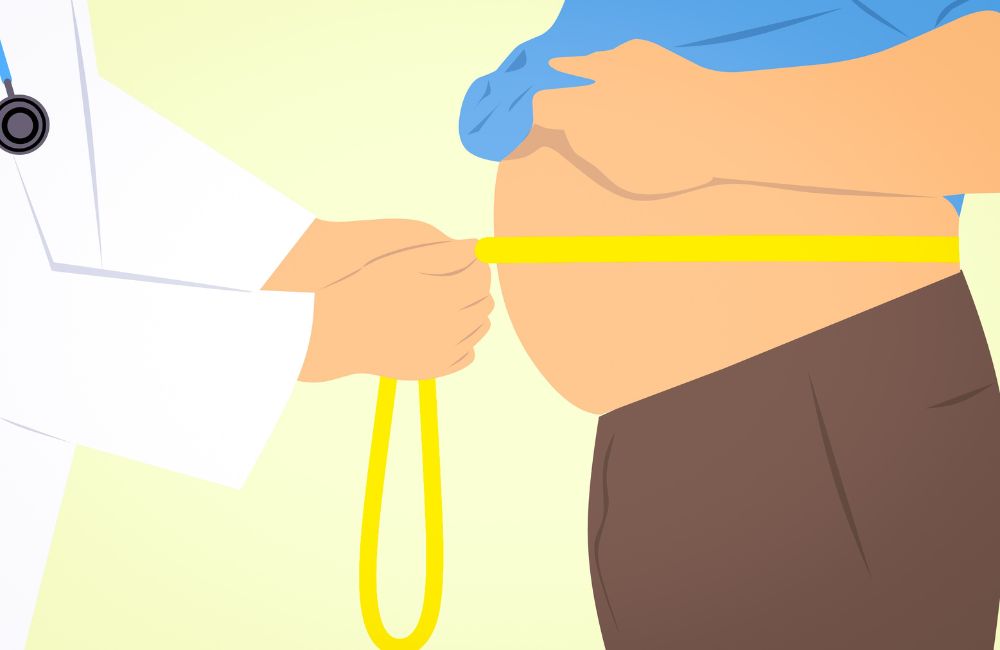
Excess belly fat isn’t just a cosmetic concern. It’s a major risk factor for chronic conditions like type 2 diabetes and heart disease. One sneaky culprit is visceral fat, which lurks deep within your abdomen and poses a significant health threat.
While traditional weight measurements like BMI don’t tell the whole story, there are effective ways to combat belly fat. The good news? You don’t have to be a gym rat to win this battle.
Read on to discover simple steps like reducing alcohol intake, boosting protein, and incorporating strength training to whittle your waistline and improve your overall health.
This rewrite uses a more engaging tone (“Belly Bulge Blues?”), emphasizes the health risks (“sneaky culprit”), and highlights the positive aspects (“simple steps”). It also avoids directly mentioning BMI limitations.
You’ll also like:
- The Only Ab Exercises You’ll Ever Need for Six-Pack Abs, According to Science
- 32 Foods That Burn Belly Fat Fast, Says a Nutritionist
Different Types of Body Fat

Body fat is critical for optimal health and well-being. It serves many essential metabolic functions. It also plays an important role in energy storage, acts as a cushion, and functions as an insulator against cold and heat.
Not all body fat is equal. There are 3 main types: brown, beige, and white (1).
Both brown and beige fat are capable of thermogenesis, whereas white fat is not. In other words, brown and beige fat burns energy, while white fat stores energy.
Body fat in humans consists mostly of white fat. It is this white fat that builds up in obesity. White fat can further be classified into subcutaneous, visceral, and ectopic fat, depending on its location in the body.
Subcutaneous fat
Subcutaneous fat is the fat just under the skin. This is the soft and squishy fat that you can pinch. A certain amount of subcutaneous fat is necessary, but of course, excessive amounts are not good either. More importantly, though this type of fat is not as hazardous to your health as the deeper ectopic fat and visceral fat.
Ectopic Fat
Ectopic fat is fat that “overflows” into areas where it is not supposed to accumulate. These areas are mainly the liver, pancreas, heart, and muscles. Although ectopic fat is linked with an increased risk of serious health problems, this article focuses on the dangers of visceral fat.
Visceral fat
Visceral fat is the fat that surrounds the internal organs. It is this deeply packed fat that is responsible for making the belly bulge out. Belly fat consists also of subcutaneous fat, but it is the visceral fat that makes the belly become visibly bigger.
Too much visceral body fat has its consequences. It is linked with obesity, heart disease, diabetes, chronic inflammation, and cancer.
To be fair, just as too much body fat may cause health problems, so may too little body fat. Too little body fat may lead to nutrient deficiencies and hormone imbalances. Moreover, they may lead to metabolic problems, decreased immune function, and osteoporosis.
Fat in the Diet
For years dietary fat was demonized. The common advice was to avoid fat, which had unintended consequences. One consequence was that people started avoiding high-fat, nutrient-dense foods. Foods like avocado, nuts, seeds, eggs, and oils.
This decrease in fat led to an increase in the consumption of nutrient-poor, processed foods. Foods that are typically high in refined carbohydrates and added sugars.
This shift to a lower fat, higher carbohydrate diet resulted in significant increases in total calorie intake. Subsequently, it also resulted in an increase in obesity rates.
Fat is an important part of a healthy, balanced diet. As with each macronutrient, there are certain fats that are healthier than others. Monounsaturated and polyunsaturated fats are typically classified as “good” fats.
Foods rich in these fats include avocado, olive oil, nuts, seeds, and fish. Saturated fats typically get lumped into the “bad” fat category, but there are plenty of healthy foods rich in saturated fats. Examples include cheese, coconut oil, eggs, and yogurt.
Artificially made trans fats should be avoided altogether. This type of fat is often in foods that contain partially hydrogenated oils like fried foods and some baked goods.
The bottom line is that consistently eating more calories than what you burn daily will lead to the storage of body fat, particularly in the belly. Reducing stubborn belly fat involves a combination of lifestyle behaviors. Those include good eating habits, physical activity, and other healthy lifestyle behaviors.
How to Lose Stubborn Belly Fat
Good Eating Habits
Keep the diet clean by eating whole, unprocessed foods. Processed foods typically contain refined grains, added sugars, and added fats. Not to mention other unhealthy ingredients they may contain. These foods add a substantial amount of empty calories to the diet.
Whole foods are foods that remain as close as possible to their natural state. They have no unhealthy additives or artificial ingredients. Basically, they are the opposite of processed foods.
Examples include whole grains, fruits, vegetables, legumes, nuts, seeds. Protein choices like meat, chicken, eggs and some dairy products are also whole foods.
Foods like nut butter and Greek yogurt are considered whole foods even though they require some processing. Just be sure to choose the unsweetened versions.
Checking the food label is important to make sure that the products you buy do not contain unhealthy additives.
Avoid Sugary Drinks
Avoid drinking sugary beverages. Regular consumption of sugar-sweetened beverages is associated with greater visceral fat (2). Even fruit juices are high in sugar content. Stick with calorie-free beverages like water, lemon water, and sparkling water. If you include tea in your drink option, keep it unsweetened.
Increase Your Fiber Intake
Adequate fiber intake is associated with a decrease in abdominal fat (3,4). A diet consisting mostly of whole foods can help ensure that you are getting enough fiber.
Include healthy fats in your diet. Examples include grass-fed meats, fish, avocado, nuts, seeds, and coconut oil. Studies show that reducing processed carbohydrates and increasing healthy fats can help reduce abdominal fat (5,6).
Eat More Veggies
Fill your plate with veggies. Veggies increase the volume and fiber of meals, which contributes to fullness.
Add protein to each meal. Protein helps to reduce hunger cravings and decrease future food intake. It may also contribute to a decrease in overall daily calorie intake (7).
A higher protein intake combined with a mild decrease in calories can lead to a decrease in abdominal fat, specifically visceral fat (8).
Here are some tips on how you can add more protein into your diet:
- Top unsweetened greek yogurt with nuts
- Top toast with an egg and avocado
- Add a scoop of protein powder to oatmeal or a smoothie
- Mix sunflower seeds into cottage cheese
- Snack on a piece of string cheese
- Scramble eggs with peppers and onions
- Add nuts and seeds to a salad
- Dip apples in peanut butter
Exercises to Burn Belly Fat
The second key to burning belly fat is consistent daily exercise. Daily exercise is a must — for a minimum of 30 minutes. If you enjoy the outdoors, try a 30-60 minute walk, hike, or bike ride. If you love water, go for a swim. For those limited with time, try a 15-minute walk in the morning and a 15-minute walk in the evening. Just keep your body moving.
If you like to work out indoors there are plenty of options. Find a workout video you enjoy doing at home. This could be a dance workout video like Zumba or a yoga video. If you prefer a social setting, try joining a class at the gym.
Mix things up between cardio, strength, and core-focused exercises. There are plenty of exercises that you can easily do in the comfort of your home. Such exercises include burpees, planks, jump rope, running in place, squats, and crunches.
Please be cautious before adding any new exercise to your routine. Talk with your doctor to make sure it is safe for you.
Additional Healthy Lifestyle Habits
In addition to good eating habits and exercise, the following healthy lifestyle habits will help you tackle your abdominal fat.
- Stay hydrated with calorie-free beverages. If you don’t like plain water try lemon water or unsweetened iced tea.
- Get a quality night’s sleep. Too little sleep is associated with an increase in belly fat (9). Adequate sleep provides a multitude of health benefits. Sleep benefits the immune system lowers the risk of serious health problems and improves mood. It is intricately involved with various hormonal and metabolic processes in the body (10). To get quality sleep, make sure your bedroom is cool, dark, and quiet, and cell phones are off.
- Incorporate stress-reducing activities into your daily routine. Examples include yoga, meditation, stretching, walking, cooking, gardening, and swimming.
- Reduce alcohol consumption. Heavy drinking may lead to excess belly fat.
- Incorporate mindfulness into everything you do, especially eating. This will help you to slow down and enjoy the process of eating.
The Bottom Line
Body fat is essential for optimal health. But too much body fat can be problematic. Visceral fat, or belly fat, is of particular concern because it may lead to several diseases. This is the type of fat that makes the abdomen look visibly bigger.
There is no magic bullet that will target fat loss in the belly. Losing belly fat involves a multi-pronged approach. Good eating habits and consistent daily exercise are pillars of a healthy lifestyle.
Additional healthy habits like quality sleep and hydration can also help you tackle stubborn belly fat.
References
- Nauli AM, Matin S. Why Do Men Accumulate Abdominal Visceral Fat?. Front Physiol. 2019;10:1486. Published 2019 Dec 5. doi:10.3389/fphys.2019.01486
- 2. American Heart Association. “Sugar-sweetened drinks linked to increased visceral fat.” ScienceDaily. ScienceDaily, 12 January 2016. <www.sciencedaily.com/releases/2016/01/160111162752.htm>.
- 3. Davis, Jaimie N et al. “Inverse relation between dietary fiber intake and visceral adiposity in overweight Latino youth.” The American journal of clinical nutrition vol. 90,5 (2009): 1160-6. doi:10.3945/ajcn.2009.28133
- 4. Hairston, Kristen G et al. “Lifestyle factors and 5-year abdominal fat accumulation in a minority cohort: the IRAS Family Study.” Obesity (Silver Spring, Md.) vol. 20,2 (2012): 421-7. doi:10.1038/oby.2011.171
- 5. Gower BA, Goss AM. A lower-carbohydrate, higher-fat diet reduces abdominal and intermuscular fat and increases insulin sensitivity in adults at risk of type 2 diabetes. J Nutr. 2015;145(1):177S-83S. doi:10.3945/jn.114.195065
- 6. Garr Barry V, Stewart M, Soleymani T, Desmond RA, Goss AM, Gower BA. Greater Loss of Central Adiposity from Low-Carbohydrate versus Low-Fat Diet in Middle-Aged Adults with Overweight and Obesity. Nutrients. 2021; 13(2):475. https://doi.org/10.3390/nu13020475
- 7. Dalia, E. K. Dietary Proteins: A Target for Appetite Regulation. Biochemistry & Physiology: Open Access, vol.1,1 (2012). https://doi.org/10.4172/2168-9652.1000e103
- 8. Bel Lassen, P., et al. Protein supplementation during an energy-restricted diet induces visceral fat loss and gut microbiota amino acid metabolism activation: a randomized trial. Sci Rep 11, 15620 (2021). https://doi.org/10.1038/s41598-021-94916-9
- 9. Theorell-Haglöw, Jenny et al. “Associations between short sleep duration and central obesity in women.” Sleep vol. 33,5 (2010): 593-8.
- 10. Sharma S, Kavuru M. Sleep and metabolism: an overview. Int J Endocrinol. 2010;2010:270832. doi:10.1155/2010/270832


